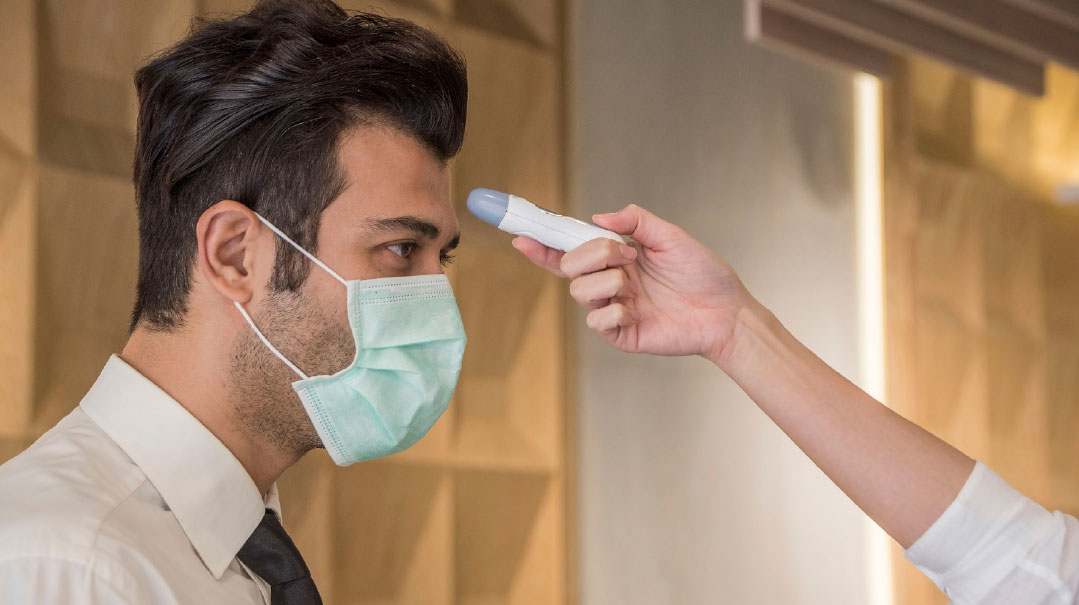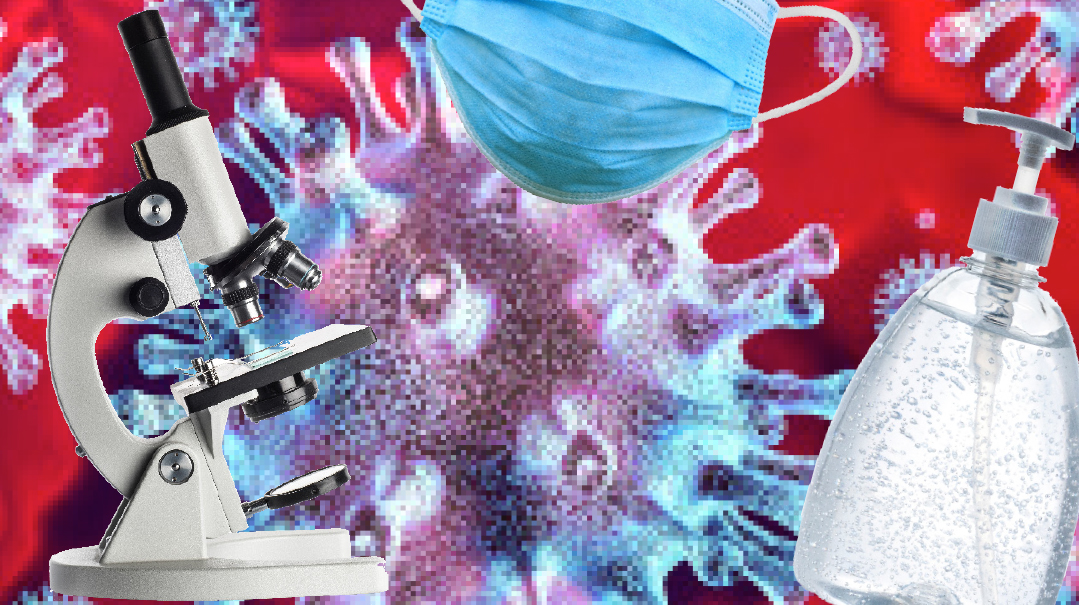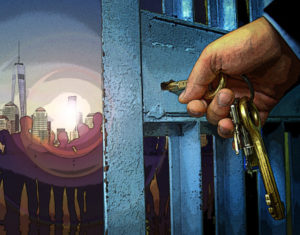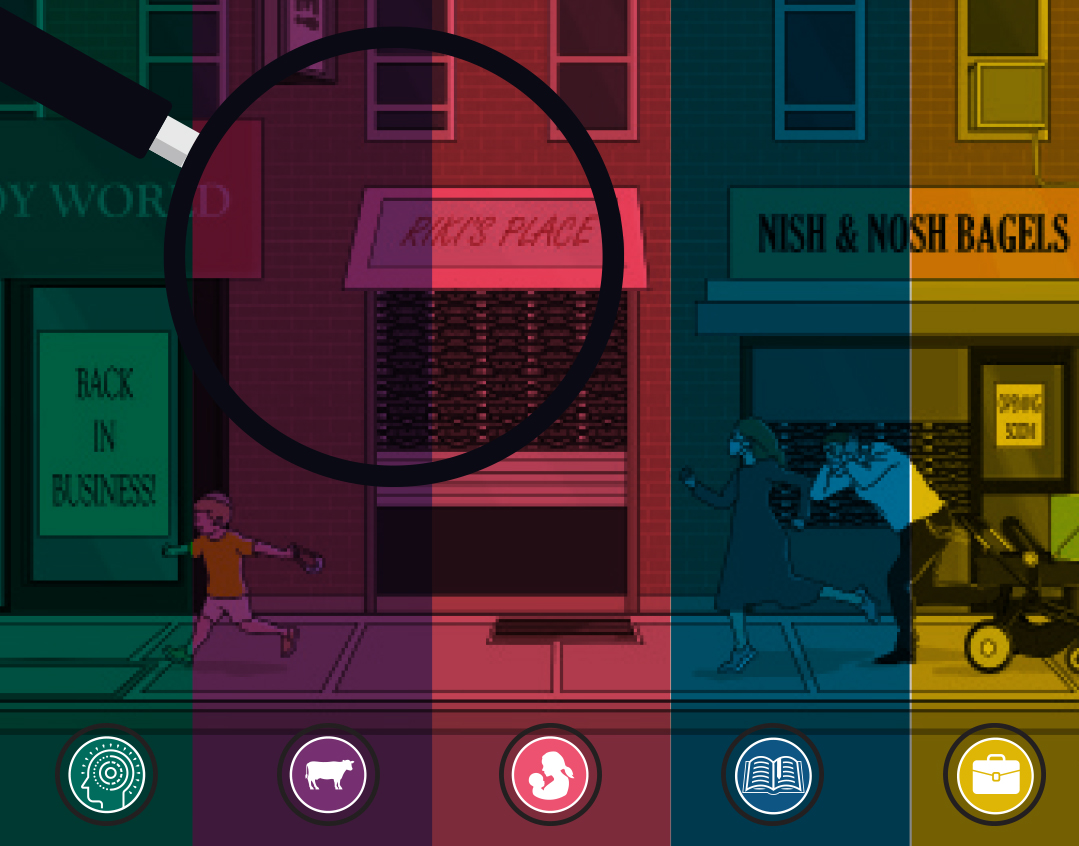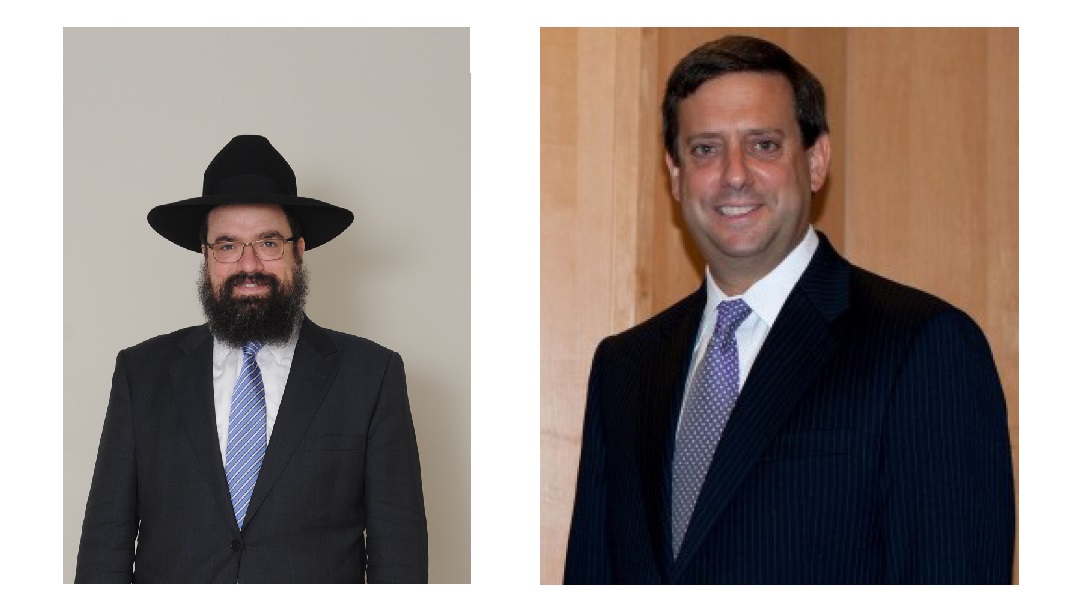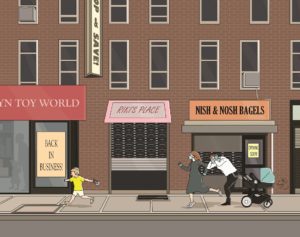Acute Care

On the front lines in the battle against a virus that seems to have come out of nowhere and paralyzed the world
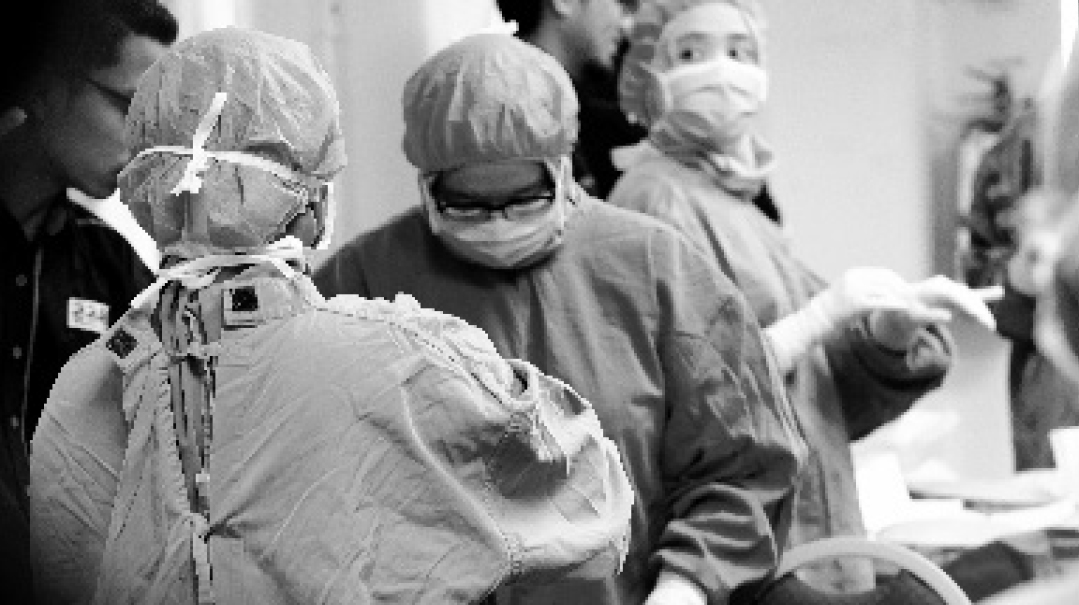
"It feels like a war zone. I’ve been a nurse for quite a few years, and thought I’d seen it all — but coronavirus is something I never imagined,” says one Orthodox Jewish nurse who works in a New York hospital reeling under the onslaught of the COVID-19 wave breaking over the city.
The military metaphor is apt: Coronavirus is like a giant war machine carving up cities across the world, with New York’s Jewish community particularly hard-hit.
So fast-moving is the outbreak that statistics quickly become meaningless. As of press time, there have been close to 1,200 deaths in New York State (and around 60,000 confirmed cases), around 800 of them in New York City, and health authorities are braced for the expected peak of hospitalizations, likely to come in mid-April, according to Governor Andrew Cuomo.
The twelve-hour nursing shifts are a series of crises, as exhausted staff struggle to connect patients to the ventilators — a risky process because it exposes them to the aggressive virus — while physically constricted by bulky protective gear, known as PPE. “We finish one intubation and then go onto the next,” she says.
Thousands of miles away from New York, one of Israel’s leading doctors compares the pressure on hospital wards to that of the Second Intifada, and warns that the precious time bought by early closure of the country’s borders risks being squandered. “If communities don’t exercise discipline by staying indoors in the run-up to Pesach,” says Shaarei Zedek Medical Center’s President Professor Jonathan Halevy, “there could be a disaster.”
And over in Britain, with the Jewish community shockingly prominent in corona statistics, doctors don’t need to beg people to stay indoors anymore. But as hard-hit London hospitals struggle with the shortages seen across the Atlantic, authorities race to construct a 4000-bed field hospital in the capital’s east, to play catch-up with a disease that they clearly underestimated.
But regardless of the country, the exhaustion and worry are the same for all those on the front line against the virus that seems to have come out of nowhere. Perhaps London’s Dr. Yaakov de Wolff, an acute internal medicine consultant at northwest London’s Northwick Park Hospital (which briefly had to declare crisis levels of admissions two weeks ago), speaks for Jewish medical staff the world over with his sense of mission. “While the epidemic must be the Ratzon Hashem, I am in a privileged position to care for His children.”
Ground Zero
Coming less than a month after its first appearance in the state, COVID-19’s rapid spread around New York shows why this is a pandemic, not an aggressive flu. With hospitalized cases doubling every four days, ventilators — used to help patients breathe when the virus attacks their lungs — are in desperately short supply.
Governor Cuomo says that the state needs another 30,000 ventilators to cope with the oncoming wave of hospitalizations, while the federal government is only promising to send 4,000.
But New York’s medical crisis won’t be solved by a shipment of ventilators, because there is an immediate need for massive amounts of everything.
“The hospital I work at is in general well prepared,” says the New York nurse, who was willing to talk freely off the record. “But this is a whole new level of intensity: it’s turned into Coronaville. Patients on ventilators are normally in the ICU, but there is no room there, so they are also in step-down wards. But that means that we don’t have enough blood pressure and oxygen equipment, because these wards aren’t equipped with them to the same extent.”
And that also means that nurses are being asked to take far greater responsibility than normal. “Some nurses are looking after critically ill patients when their level of training doesn’t include these procedures,” she says.
Most challenging — and potentially dangerous — of all is intubating patients, which means connecting them to the ventilators. “I worked a twelve-hour shift yesterday, and we kept intubating patients one after the other.”
Oops! We could not locate your form.






